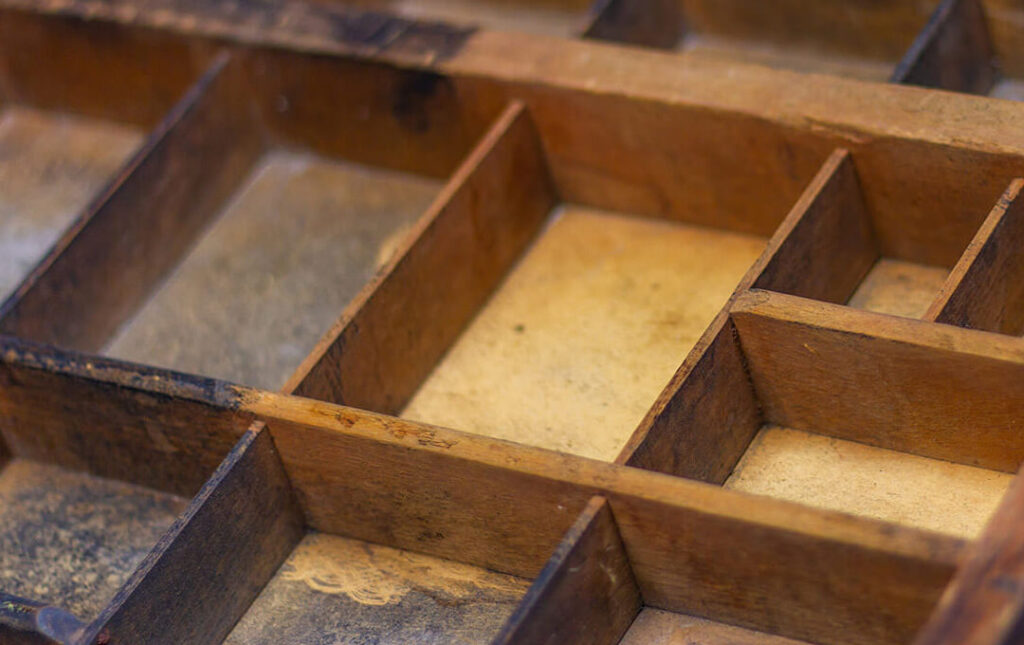As global manufacturing demands greater efficiency, precision, and environmental responsibility, laser cleaning for wood is driving a green revolution in the traditional woodworking sector. This non-contact, eco-friendly, and highly precise surface treatment technology removes paint, glue, stains, and mould from wood surfaces without damaging the substrate. It is especially effective for fine veneers, carved components, and historical wood restoration.
Beyond cleaning, laser surface treatment can alter wood colour, enhance coating adhesion, and improve anti-corrosion and anti-mould performance. With advancements such as beam shaping, adaptive focusing, and real-time monitoring, laser cleaning for wood is expected to play a key role in high-end furniture manufacturing, architectural restoration, and wood remanufacturing—accelerating the industry’s transition toward intelligent and sustainable production.
Traditional Cleaning Limitations vs. Laser Cleaning
In woodworking—from furniture and architecture to crafts—the cleaning stage is crucial. Traditional methods like sanding, solvent cleaning, or high-pressure washing have major drawbacks: high labour intensity, inconsistent quality, secondary waste, and limited automation.
Laser cleaning for wood offers a superior, automated solution. High-energy laser pulses vaporize or detach surface contaminants instantly, leaving the substrate untouched. Core Advantages:
- Precision control: Adjustable laser spot (0.1–5 mm) ideal for complex wood textures.
- Eco-friendly: No chemical solvents; reduced VOCs; compliant with EU REACH standards.
- Efficiency: Cleans 1 m² of old paint in 3–5 minutes—about 50% faster than sanding.
Mechanisms of Laser Cleaning for Wood
Thermal ablation: Contaminants absorb the laser pulse, heating rapidly (nanoseconds or picoseconds) beyond vaporization or boiling points. The result: instant removal via gasification or shockwave detachment—ideal for thick paint or adhesive layers.
Photochemical effect: With short-wavelength (UV) lasers, high photon energy breaks chemical bonds directly, decomposing residues into volatile molecules. This “cold” process creates minimal heat-affected zones, perfect for heat-sensitive or heritage wood surfaces.
Key Parameters for Effective Laser Cleaning
The effectiveness of laser cleaning for wood depends on coordinated control of wavelength, power, pulse duration, scanning speed, and repetition rate.
Laser type / wavelength:
- Nd:YAG (1064 nm): Widely used; efficient for paint and adhesive removal; limited substrate penetration—ideal for wood.
- CO₂ laser (10.6 µm): Strongly absorbed by wood; suitable mainly for engraving or cutting, not cleaning.
- UV lasers: Perform “cold” photochemical removal; best for heritage wood, though costly.
Energy density: Must stay below ≈ 1.5 J/cm² to avoid charring or discoloration.
Pulse duration: Shorter pulses (ns or ps) minimize thermal diffusion and protect delicate wood surfaces.
Scanning speed: Too slow increases heat accumulation; too fast leads to incomplete cleaning.
Applications of Laser Cleaning for Wood
- High-End Furniture Manufacturing & Remanufacturing
Laser cleaning can precisely remove glue overflow, pre-treat MDF edges to enhance coating adhesion, or strip old paint from furniture for refinishing. Tests show laser-treated pine improved coating adhesion from Grade 2 to Grade 4 (ASTM D3359).
- Historic Architecture & Wooden Artefact Restoration
For ornate carvings and decorative profiles, lasers provide selective layer-by-layer cleaning without damaging original wood grain. The Fraunhofer Institute found a 20 W fibre laser at 0.1 mm/s removed 90% of mould from pine; denser oak required 40 W, maintaining a cleaning depth accuracy of ±0.05 mm.
- Wood Mould Cleaning in Production
In wood hot-pressing or composite forming, mould surfaces accumulate resin and glue residues. Laser cleaning removes them quickly, improving production efficiency and product quality.
Emerging Trends and Market Outlook
- Cost Reduction: With the growing maturity of fibre-laser technology and domestic production, laser cleaning for wood is becoming more affordable, enabling small and medium enterprises to adopt it widely within 3–5 years.
- AI-Driven Optimization: Artificial intelligence will automate parameter settings based on wood type and contamination level, reducing operator dependency and improving consistency.
- Surface Functionalization: Low-energy laser irradiation may enhance hydrophilicity or hydrophobicity, opening new applications in engineered wood.
Conclusion
Laser cleaning for wood stands at the frontier of sustainable transformation in the woodworking industry. It is not just a cleaner, faster, and more accurate surface-treatment method—but a model for green manufacturing aligned with future environmental standards. As the technology matures, it will first take root in high-value areas such as furniture production, heritage restoration, and precision woodworking, before expanding across the broader wood-products sector—becoming a cornerstone of smart, eco-efficient manufacturing.



